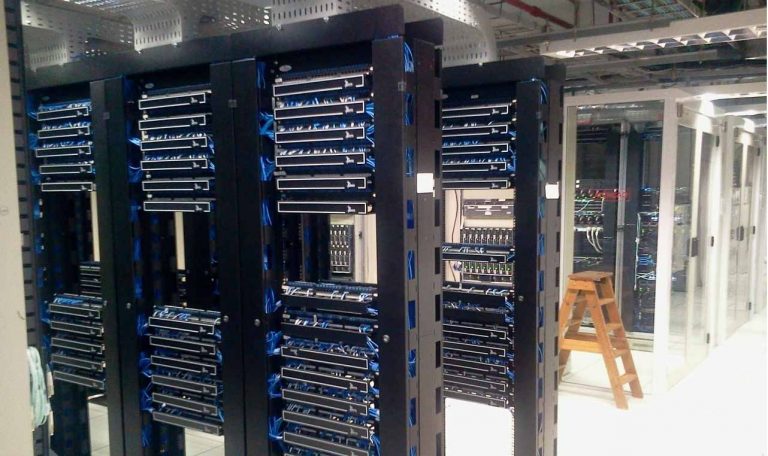So much of what we do on a daily basis is powered by servers. It’s not just the applications you depend on at work but also the social networking sites we use to keep in touch with friends and family. There’s little doubt that servers are amazing. But that’s only when they are running with no issues and don’t require fixing.
Like all equipment, servers must be regularly maintained and monitored if you don’t want them to fail you in your hour of greatest need. A maintenance routine is paramount. The nature of a server maintenance checklist will vary from organization to organization. Still, every checklist must have the following elements.
Contents
1. Verify Backups
Backups are meant to give you the reassurance that you will recover your systems and data in the event that the production environment goes bust. Ergo, backups are meaningless if they don’t work when you need them. It would be a disaster of epic proportions for a business if the data backups are found to be unusable following a system crash.
Regularly test your backups, preferably every day for the most important systems. Where possible, make use of automated testing tools that can periodically confirm the backup data is of acceptable quality.
2. Check Server Disk Space
Your production servers should never serve as an archival system. Get rid of old emails, logs, software installation files, and applications you no longer use. Keeping your server storage free of unneeded data lowers the risk of performance and security problems. It also means a smaller data footprint when you do need to recover.
That said, deleting unneeded files doesn’t mean your server disks will never fill up. As disk usage approaches 90 percent, you should start working on either adding more storage capacity or reducing usage.
The closer to 100 percent your disk usage gets the more errors and higher the risk of the server freezing. This can, in turn, lead to increased data loss since the server is unable to consistently act on commands to store or modify information in database tables.
3. Check Server Resource Utilization
Disk space is not the only resource you should monitor for usage. Review server RAM, CPU, and network utilization. If any of these three is approaching full utilization, start planning for additional capacity.
As opposed to checking for each of these separately, install a monitoring tool, AWS monitoring for instance, that will provide you with baseline performance data. The baseline would be a benchmark; the resource monitor then sends an alert whenever this benchmark is on the verge of being exceeded.
4. Update the OS
Whether your server is running on Windows or Linux, you must stay on top of updates by making sure they are applied with the least possible delay. The updates are meant to improve system functionality and seal security loopholes.
It’s difficult to update your OS on time via a manual process especially when your organization has multiple servers running different types of operating systems. Instead, make the most of automated patching tools that monitor for updates and send you alerts when your OS is out of date.
If automated tools aren’t available, develop a schedule complete with email and SMS reminders that you use to check for updates at least once a week.
5. Review User Access
In medium to large organizations with hundreds or thousands of employees, there are always new workers joining or leaving each week. Others are deployed to new roles within the same company.
Usually, the business should have a clearly defined process that includes immediate revocation of access rights for departing staff or changes to rights when an employee’s responsibilities change.
Still, you need additional control in case the line and HR managers fail to submit the required notification to the tech department. Your maintenance checklist should, therefore, include requesting joiners, leavers, and redeployment data from the HR department so you can make changes to system access accordingly.
Successful server maintenance must be based on a well-thought-out strategy. Including the above items in your server maintenance checklist will go a long way in getting your servers working as they should.

